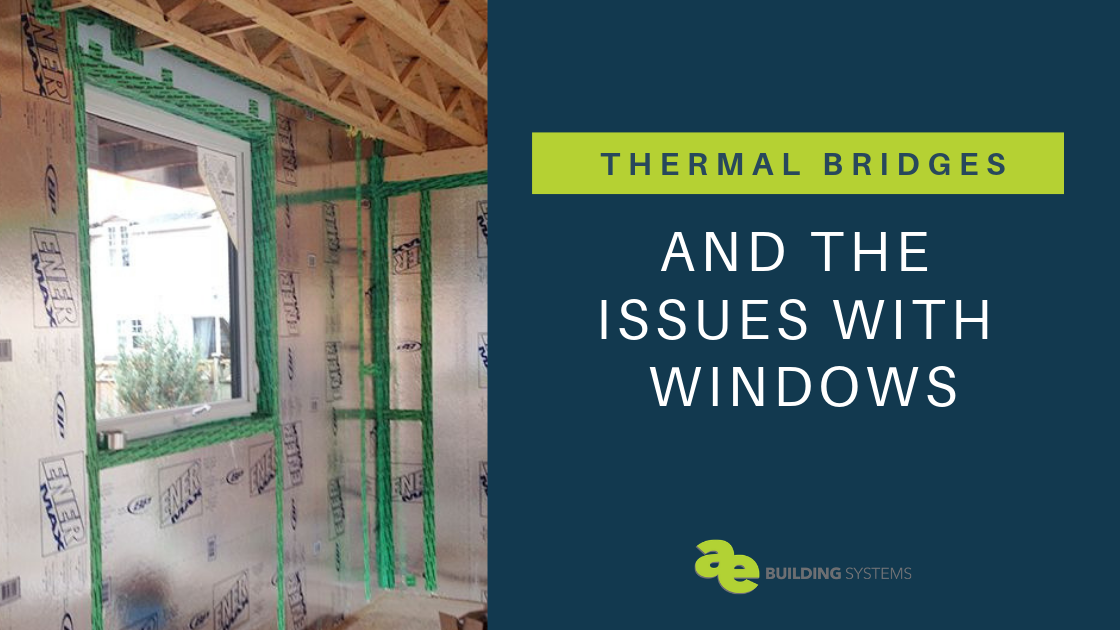Your cart is currently empty!
Tag: Triple Glazing
-

Thermal Bridging and Issues with Windows
As a homeowner, heat loss is or should be a big concern. Energy escaping through the building envelope (walls, roof, floor) means more energy is required to maintain a consistent temperature or better said – comfort -within your home. It also means higher utility bills whether you’re building a new home or looking to refurbish…
